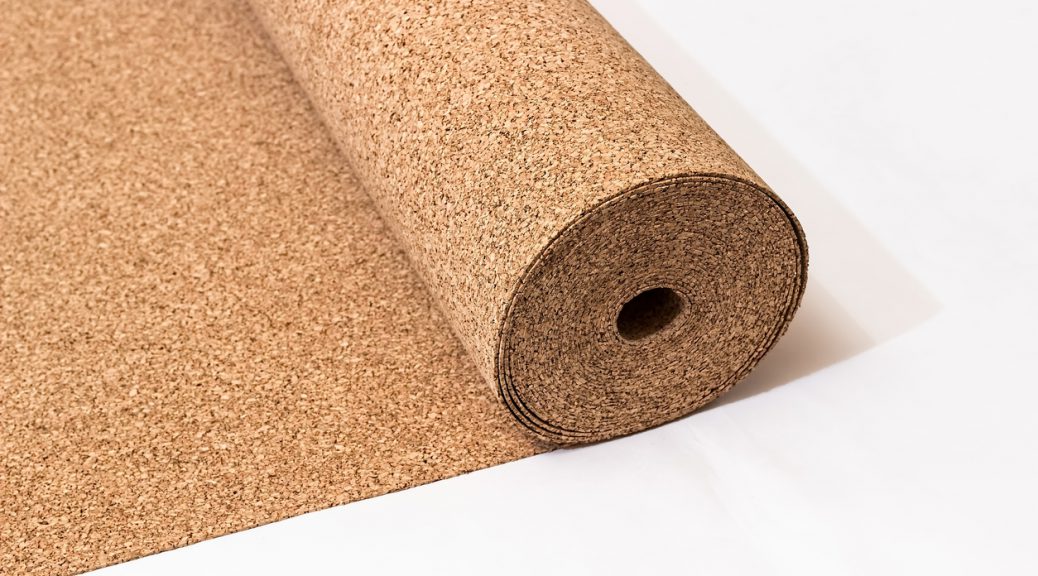A plant product that is sustainable, recyclable and rot-proof: cork is sought after as a floor covering and is considered one of the most efficient insulating material for walls, doors, roofs and floors. In addition, it looks beautiful and inviting. In short, it’s a God-given product.
Let’s start with the basics. Cork is often used as a subfloor for a hardwood or floating floor because of its sound and crush-resistant properties and its elasticity. A more discreet role, but an efficient one, nonetheless.

Far from being unattractive, cork is most usually used above ground, in the form of slabs, as a flooring material. It has numerous qualities. It is flexible, effective against vibrations, soft to the touch, and pleasant to look at. A dozen shades, if not more, are available on the market.
To preserve its ecological virtues, use solvent-free or latex-based glue for its installation. As for maintenance, use natural wax or hard oil to protect it because it may alter under ultraviolet rays. It becomes lighter with time. In addition, it may have a tendency to curl up. A periodic inspection can fix the problem.
Cork can be used in every room of the household. However, it is especially well suited for kids’ and seniors’ bedrooms because it is an excellent sound insulating material. Cork is well known to absorb sounds and noises. Doors and even walls are sometimes built out of cork.
Cork is very popular as a wall and roof insulator because it has good thermal insulating properties and it is an excellent hygrometric regulator, which means it absorbs moisture to restore it at the appropriate time. It is sold in bulk or in the form of rigid panels or rolls.
Since perfection does not exist, cork has its own constraints. First of all, it is costly. Although its price is not outrageous, not everyone can afford it. Furthermore, it may be renewable but not unlimited like earth or stone.
Cork comes from the bark of a tree called the cork oak. On average, it regenerates another layer of bark every ten years. Which is, let’s face it, pretty good. A production process stage is necessary, but it is very minimal. Nothing compared with the production of glass, or even steel or aluminum.
Images:iStock.com
